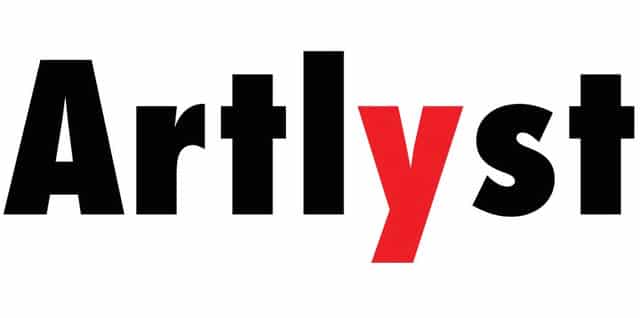The Turner Prize nominated British artist and Royal Academician, Cornelia Parker presents ‘One More Time’, 2015, a working replica of the station’s DENT London clock, reversed out in black with white hands and numerals and silver detail. The black clock is suspended 16 metres in front of the original so for those alighting from the trains the original face will gradually appear eclipsed.
Parker RA said One More Time is conceived to invoke meditative thoughts on the passage of time, life and mortality, ‘The clock is the most conscious focus of a railway station, a dominant force. Everyone is watching the clock, checking if they are late.
The piece will introduce the idea of a parallel frame of reference, that of a slower astronomical time.’ The artwork is made with DENT London Clocks, manufacturers of the present clock at St Pancras and the Great Clock in the Elizabeth Tower, commonly known as Big Ben. One More Time, 2015, was unveiled at St Pancras International station on the 28 May 2015.
Parker has a longstanding connection with St Pancras, the subject of a number of her artworks in the 1980s and 1990s, ahead of its re-development, including Left Luggage, 1989, and a series of eight temporary works made in the St Pancras Hotel for Northern Adventures, curated by Camden Arts Centre in 1992. Terrace Wires is a highly visible programme for public art, suspended from St Pancras International’s iconic Barlow Shed roof. It offers 48 million travellers each year the chance to experience the latest contemporary art as they pass through the station. This partnership between HS1 Ltd. and the Royal Academy of Arts builds on the shared belief in the values of bringing art to the community whilst celebrating the approach in 2018 of both the Royal Academy’s 250th anniversary and the 150th anniversary of St Pancras station.
Tim Marlow, Director of Artistic Programmes at the Royal Academy of Arts, said: ‘The RA is pleased to be working with HS1 Ltd. to present Britain’s foremost artists on a huge scale to London, UK and international audiences at St Pancras International. I hope that this partnership between the RA and HS1 Ltd. is the beginning of something momentous in one of London’s great public spaces – St Pancras station. I’m immensely proud that Cornelia Parker is launching the project – she is one of the most inventive and talented artists in the world.’
Cornelia Parker (born 1956) is an English sculptor and installation artist. She completed her BFA at Wolverhampton Polytechnic (1975–8) and her MFA at Reading University (1980–82). Her early installation works were imbued with poetic innuendos linked to the fragility of human experience.Cold Dark Matter: An Exploded View (1991, London, Tate) is the restored three-dimensional volume of a garden shed exploded by the British Army at the request of the artist. The surviving fragments, suspended from the ceiling and lit by a single bulb, create a dramatic effect and cast shadows on the gallery’s walls. Parker worked not only with the altered scale and substance of things, but also with the meaning conveyed by found objects. The Maybe, an exhibition made in collaboration with the actress Tilda Swinton (b.1960) in 1995 (London, Serpentine Gal.) focused on the impressions that one has when confronted with the belongings of famous people. Parker selected curiosities from various museums, including Turner’s watercolour box, Queen Victoria’s stockings and Sigmund Freud’s blanket, in order to elicit free associations from the beholder. Swinton was herself on display, asleep in another glass case. Parker’s aim was not merely to question the power of relics, but also to create a mental route that triggers unexpected associations. The unconscious thread was made more humorously explicit in The Pornographic Drawings (1996, London, Tate) in which drawings resembling Rorschach blots were created from pornographic videotapes dissolved in solvent, the resulting marks resembling genitalia. She was shortlisted for the 1997 Turner Prize.


